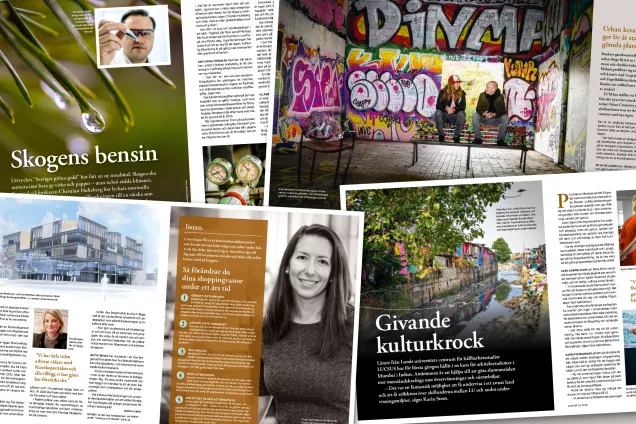People continue to wonder how this can be. It’s obvious, really. The surgeon might be the boy’s mother, or it could be that the boy has two dads. I first heard this story fifty years ago and the more interesting question is why we still find it puzzling.
When I joined Lund University School of Economics and Management (LUSEM) as a visiting professor, one of my roles was to work with colleagues on issues of gender equality. The faculty was concerned about the low numbers of women professors and keen to reverse the trend. Along with Ellen Hillbom, head of the faculty Equality and Equal Treatment group at the time, we embarked on a review to try to understand how colleagues experienced life at LUSEM and where they thought the problems might lie.
A number of themes were repeated in our interviews and focus groups:
•Academia is 24/7 and there’s nothing we can do about it. If you want to be an academic, you need to accept that this is how it works.
•In Sweden equality is very important and is at the heart of who we are and what we do.
•Academia is a meritocracy. This means that the best people are rewarded.
•Maternity is the problem. Women’s progress is slowed down because they are mothers.
•Current inequality is a pipeline problem which time will take care of. We do not need to intervene in the system.
Like the story above, these ‘facts of life’ work as unassailable truths – unquestioned assumptions about how things are. Because they appear as ‘natural’ and unremarkable, they spread quietly throughout any organisation until they become thoroughly institutionalised, and practically fundamental to everyday procedures.
It’s right to acknowledge, of course, that LUSEM and the wider business school community (and for that matter, academia as a whole) have taken significant steps towards tackling the broader issue of gender equality. LUSEM’s current programme for Early Career Academics, which Gert Paulsson, Guest Professor Siri Terjeson and I have developed, is but one example. However, much remains to be done.
So how do we break the cycle? Sacred cows are a good place to start. Another answer might lie in targets, though this often invites accusations of ‘positive discrimination’ and might even be resented by those it’s intended to assist. It’s worth noting, though, that such measures have been pivotal to the transformation of many workplaces that have been willing to embrace them. Relevant training and opportunities (eg acting up roles) might also help.
Ultimately, though, we need to take a long, hard look at a raft of processes and practices. Informal routines and rituals are central to how academia works – who joins which team, whose name is first on a grant application, who gets the best PhD students, who claims lead authorship of a paper, and who sits on committees and makes decisions, and how career-making sometimes happens in informal spaces, outside of the 9 to 5. In other words, we need to design inequality, and the assumptions on which it is based, out of the system.
Just as we need to acknowledge that surgeons come in different shapes and sizes, we have to be sure we aren’t simply rewarding academics who look like the bosses and who carry on doing things in the same old ways. And crucially, we must acknowledge that time alone isn’t going to make the problem disappear.



